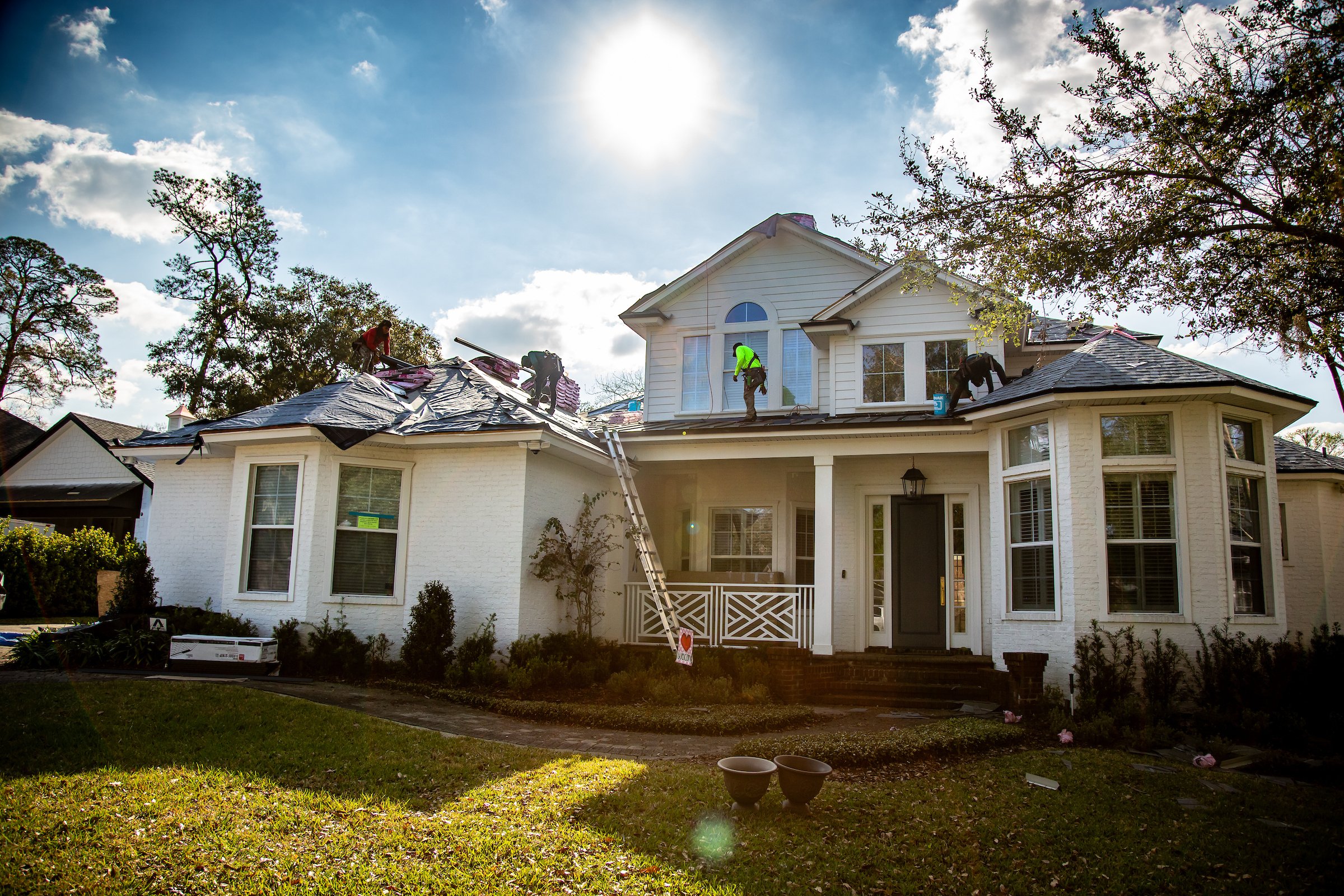Understanding Attic Ventilation: How It Keeps Your Roof Healthy
We all know that having a good and sturdy roof over your head is important for the safety of you and your loved ones and the structural integrity of your home. However, proper attic ventilation is often overlooked. Having proper ventilation, especially in the hot and humid Jacksonville, FL area, is critical in improving energy efficiency and extending the life span of your roof. Below we outline the importance of attic ventilation, signs you can look for of poor ventilation, and how to improve the ventilation in your attic.
What Is Attic Ventilation and Why Does It Matter?
Attic ventilation allows air to flow freely in and out of your attic. This is achieved through intake and exhaust vents located throughout your roof. These vents create air circulation, keeping your attic cool and reducing humidity. Having a properly ventilated attic is important for a few reasons:
Extends the lifespan of your roof
High temperatures and extreme heat (like the typical temperatures we see here in Northeast Florida), can cause damage to roofing materials. This damage can result in warping, cracking, or deterioration of shingles and other structural elements of your roofing system. Without proper ventilation, the temperature in your attic can rise drastically, baking the underside of your roof. Allowing hot air to escape with proper ventilation helps to protect your roof from this thermal damage.
Reduces moisture buildup
In hot and humid climates like in Jacksonville, moisture is the biggest threat to your attic as it can lead to mold, mildew, and rot, compromising the structural integrity of your roof and home’s air quality. Not only can the outside air humidity cause moisture to build up, but showering, breathing, and cooking can also release moisture into the air that can gather in the attic.
Makes your home more energy efficient
If you start to notice higher energy bills, look at your attic. Having a well-ventilated attic helps to maintain a more stable temperature throughout the home, making your HVAC unit not have to work as hard. This, in turn, helps to reduce your energy bills, saving you money.
Prevents pesky animals and bugs from invading
When an attic isn’t properly ventilated, reduced airflow can create an environment where pests such as rats, insects, and birds find a home. Having proper ventilation helps deter these pests from finding a comfortable nesting area and good airflow makes it easier to spot signs of infestations before they become a problem.
Signs To Look For
There are a few telltale signs that your attic needs better ventilation:
Warped or damaged shingles: While this can be caused by other external factors, it can be caused by heat buildup underneath the roof.
Condensation: If you are noticing an increase in condensation during the cooler months, this can point to trapped moisture.
Hot attic temperatures: If your attic feels extremely hot, even on cooler days, this is a sign of improper attic ventilation.
A stale or musty odor: A persistent odor from the attic can point to mold or mildew growth that needs to be addressed immediately.
Stowaways: Seeing and hearing signs of pests such as waste droppings, nests, or noise coming from the attic is a sign that your attic is not properly ventilated.
How To Improve Your Attic’s Ventilation
If you see one or multiple of the signs above, you may have poor attic ventilation. The good news is that a few changes to your attic can improve its ventilation.
You can determine whether or not your current roof has enough ventilation by using this handy online calculator. By answering a few questions, you can determine what changes may need to be made.
Then, reach out to a proper roofing contractor like the team at NEXGEN Roofing to inspect your attic and roof. They will give you the correct improvements that can be made to fix your attic ventilation. A few of these suggestions may include:
Inspect and clean existing vents: Sometimes your vents may be blocked by debris, insulation, or other hazards that prevent the proper air flow for ventilation.
Seal leaks: Check for leaks and gaps around your attic and roof. Typical areas for leaks include plumbing, around lighting, and chimneys. Ensure that these areas are properly sealed to prevent air leakage into the attic.
Improve your insulation: Sometimes you may need more or new insulation in your attic. Proper insulation helps to prevent moisture buildup and reduces heat transfer.
Add more vents: While you may have vents already on your roof, you may need additional vents for proper airflow. A professional will be able to determine if you need more vents and where best to place them for proper airflow.
Proper attic ventilation is often overlooked, but is an easy way to protect your home, loved ones, and improve energy efficiency, saving you money in the long run. If you notice some attic ventilation issues or are unsure about the airflow in your attic, consult with a trusted roofing professional like us over at NEXGEN Roofing! We are committed to helping the Jacksonville, FL region with all their roofing needs and will answer any questions you may have about attic ventilation. Contact us today!


